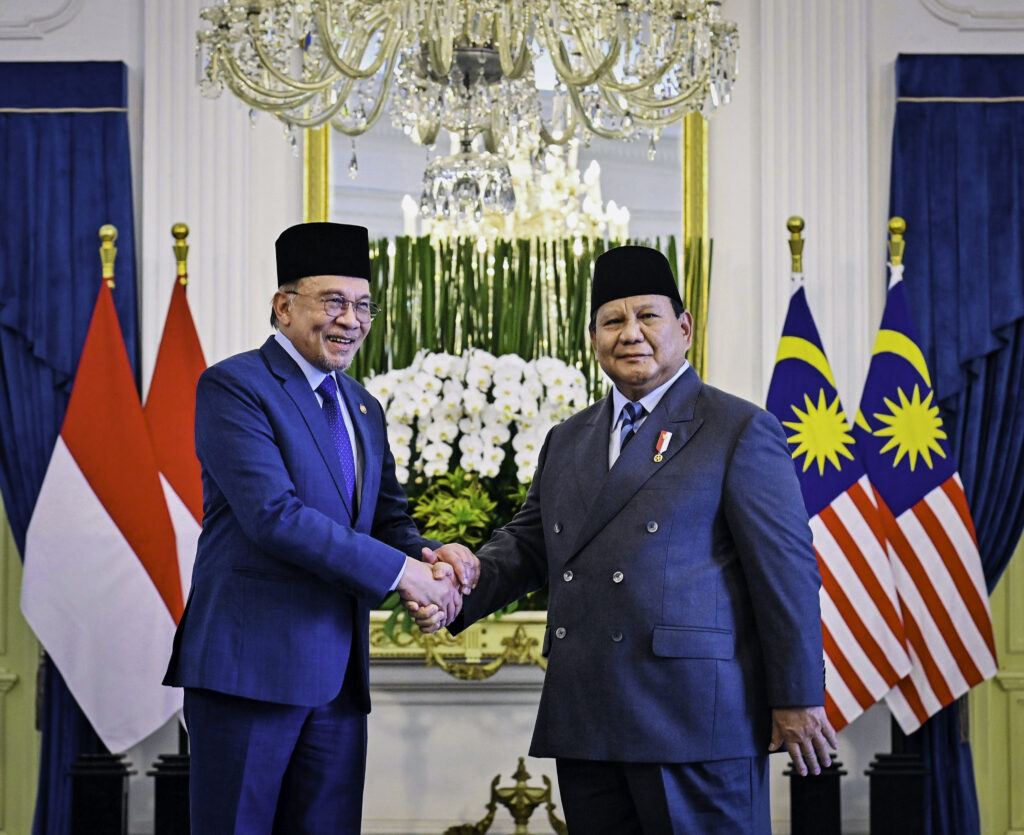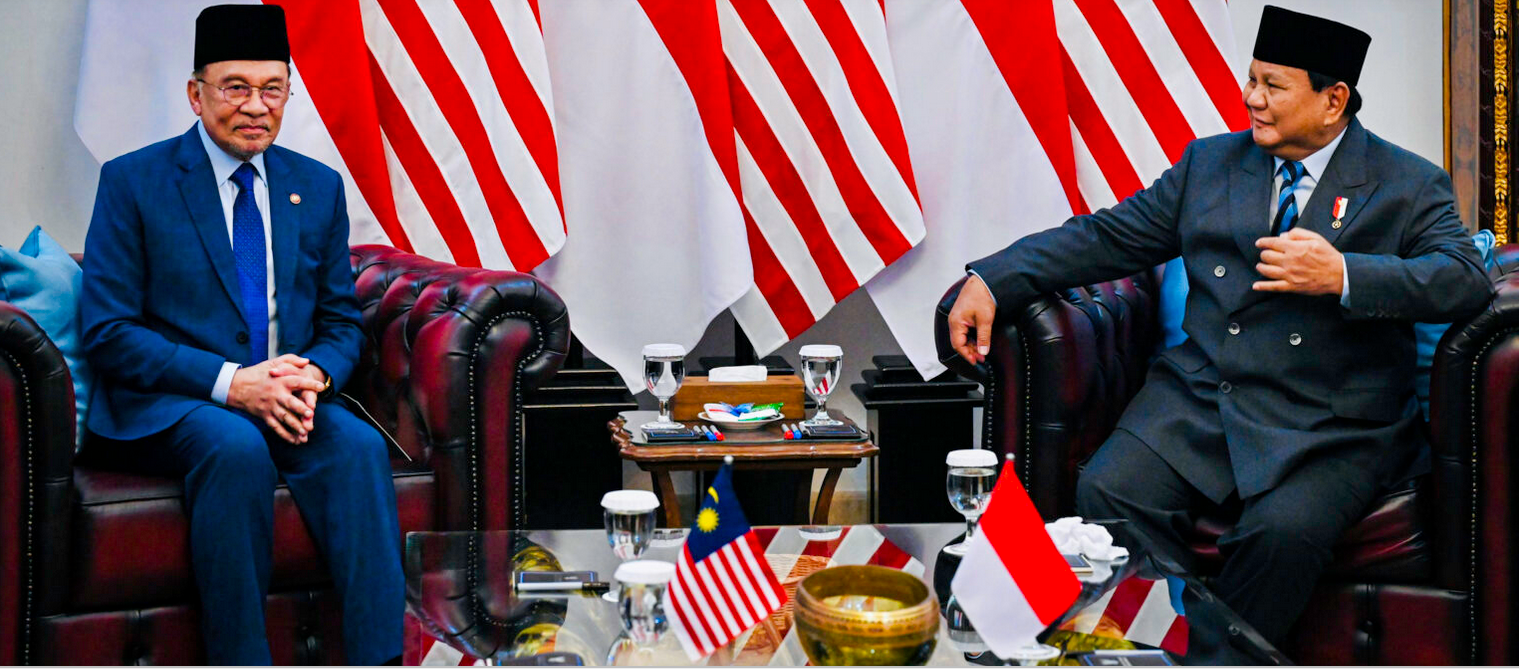COVID-19 Task Force Spokeperson: Active COVID-19 Cases Showing Signs of Decrease

Spokesperson of the National COVID-19 Task Force Wiku Adisasmito delivers press statement at the Presidential Office, Jakarta, Thursday (13/8). (Photo by: BPMI)
The Government has announced that active COVID-19 cases continue to decrease during the previous reporting period (13 July-12 August 2020), Spokesperson of the National COVID-19 Task Force Wiku Adisasmito has said.
According to him, as of 13 August, the total number of active cases reached 39,290 or 29.5 percent. There were 2,098 new confirmed cases, 87,558 recovered patients or 65.9 percent, and 5,968 deaths or 4.49 percent.
On 13 July, Wiku continued, the percentage of the country’s active cases stood at 47.59 percent. The cases decreased to 41.94 percent on 20 July, declining the count to 37.18 percent on 27 July. The cases remain decreased to 33.2 percent on 3 August. In addition, as of 12 August, the percentage of active cases worldwide was 30.51 percent.
“As of Wednesday (12/8), the total number of active cases in the country reached 29.85 percent, lower than global average of 30.51 percent,” Wiku said during a press conference at the Presidential Office, Jakarta, Thursday (13/8).
Wiku went on to say 29.18 percent of Indonesian regions have 11 to 50 active cases based on data as of 9 August; 28.79 percent of regions have 1 to 10 active cases, while 15.37 percent of regions have no active cases. “We have a total of 79 regencies/cities with zero active-cases, this is good news,” he said.
On that occasion, Wiku also asked the public to remain vigilant since several regions still have a high number of active cases. There were 11.28 percent of regions with 100 to 1,000 active cases, 6.81 percent of regions with 51 to 100 active cases, while 6.81 percent of regions are not affected.
He further said that there are 9 regencies/cities with more than 1,000 active cases, including West Jakarta with 1,268 cases, Surabaya City with 1,283 cases, East Jakarta with 1,305 cases, South Jakarta with 1,309 cases, Medan City with 1,377 cases, Makassar City with 1,511 cases, Semarang City with 1,681 cases, North Jakarta with 1,775 cases, and Central Jakarta with 2,213 cases.
“Those are the most densely populated areas. We need to pay attention that we should not be careless, including regencies/cities that have succeeded in reducing the number of active cases or regions with no active-cases at all,” he said.
Based on the epidemic risk mapping, he added, as many as 35 regions are not affected, 47 regions recorded having zero new-cases in the last four weeks with 100 percent recovery, 177 low-risk regions, 222 medium-risk regions, and 33 high-risk regions.
Wiku said that there was a tendency of changes in regions categorized as red zones in the period of 24 May-9 August. The number of regions categorized as orange and yellow zones is still fluctuating. However, the number of green zone also showing signs of decrease. “This situation must get our attention, do not let the number of green zones decrease,” he stated.
On that occasion, Wiku also mentioned 64 regencies/cities of 22 provinces categorized as orange zones for the last four weeks without any risk status change, including Bali Province, Banten Province, Bengkulu Province, Special Region of Yogyakarta (DIY) Province, Jakarta Province, East Kalimantan Province, West Java Province, Central Java Province, South Kalimantan Province, Central Kalimantan Province, North Maluku Province, West Papua Province, Riau Islands Province, East Java Province, North Sulawesi Province, Papua Province, West Nusa Tenggara Province, West Sulawesi Province, West Sumatra Province, South Sumatra Province, South Sulawesi Province, and North Sumatra Province.
“Regencies are expected to improve their testing, tracing, and treatment or isolation for COVID-19 cases. Make sure that the public follow health protocols, such as wearing masks and washing hands. The orange zones or medium-risk areas will increase once regional administrations and the public follow the protocols well,” he concluded. (Tim Komunikasi Komite Penanganan Covid-19 dan PEN/EN)
Translated by: Syarifah Aisyah
Reviewed by: Mia Medyana








